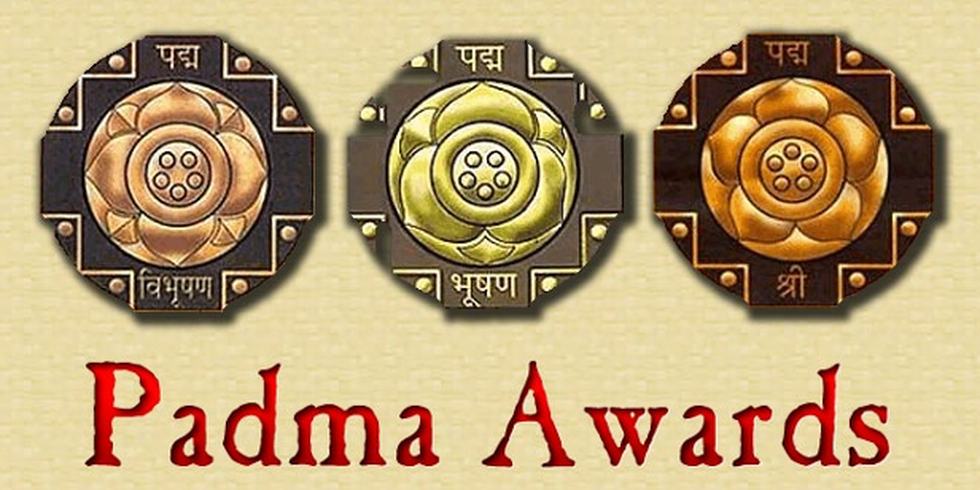Key facts about Padma Awards:
- The Padma Awards are one of the highest civilian honours of India announced annually on the eve of Republic Day.
- The award seeks to recognize works of distinction and is given for distinguished and exceptional achievements/service in all fields of activities/disciplines.
- Padma Awards were instituted in the year 1954
- The award is given in three categories, namely,
- Padma Vibhushan: for exceptional and distinguished service;
- Padma Bhushan: for distinguished service of a high order; and
- Padma Shri: for distinguished service.
- Award: The awardees are presented a Sanad (certificate) signed by the President and a medallion.
- Eligibility:
- All persons without distinction of race, occupation, position or sex are eligible for these awards.
- Government servants including those working with PSUs, except doctors and scientists, are not eligible for these Awards.
- The award is normally not conferred posthumously. However, in highly deserving cases, the Government could consider giving an award posthumously.
- The award does not amount to a title and cannot be used as a suffix or prefix to the awardees’ name.
- Who can nominate?
- Nominations are invited from Central Ministries/Departments, States/UT Governments, Bharat Ratna and Padma Vibhushan awardees, Institutes of Excellence.
- All citizens can make nominations/recommendation including self-nomination.
- Who Decides?
- All nominations received for Padma Awards are placed before the Padma Awards Committee, which is constituted by the Prime Minister every year.
- On the basis of the recommendations of the Awards Committee, and after approval of the Home Minister, Prime Minister and President, the Padma Awards are announced on the eve of the Republic Day.
